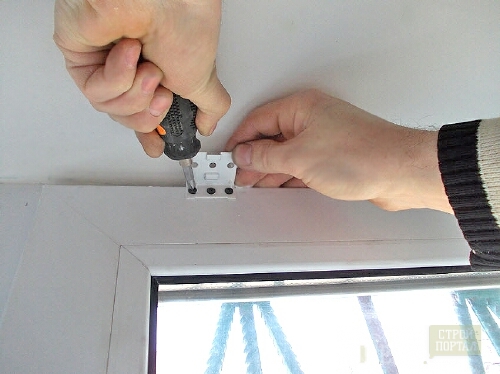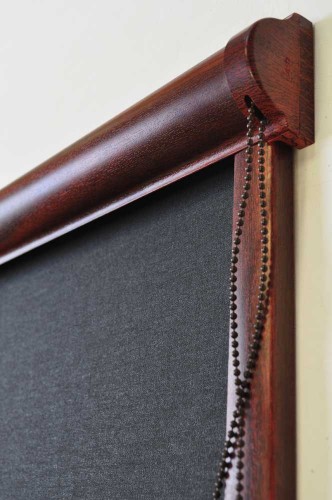
Fastening blinds to plastic windows Window
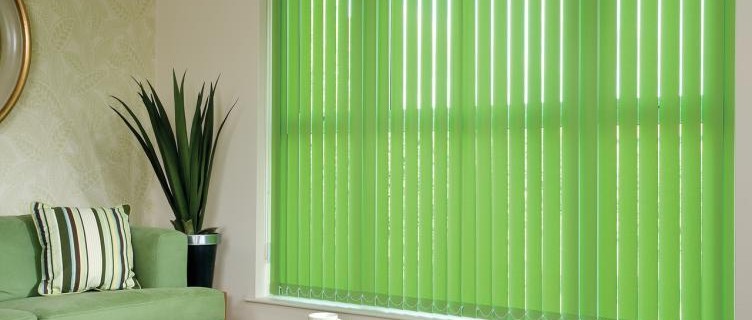
The blinds have long been the usual detail of the modern interior. They are practical and very convenient way to adjust the lighting indoors, as well as the decor of the plastic window. Allocate various types of blinds depending on the material of their manufacture (aluminum, plastic, tissue, wooden, etc.) and the design itself, the choice of which depends only on taste and preferences of each of us.
Content
Types of blinds on plastic windows
Specialists allocate the following types of blinds on plastic windows depending on their design:
- Vertical blinds on plastic windows represent a design in which the lamellas are located vertically. From above, they are attached to the eaves with special holders, and the bottom is connected between their chain. Ensuring the stability of the lamellas of such blinds occurs, either due to their weight, or thanks to the shrinkage in the lower edge of the loads depending on the material of their manufacture. Vertical blinds on the windows should choose as an alternative to the curtains or curtains on the windows. They are attached in two ways: on the ceiling or to the top slope.
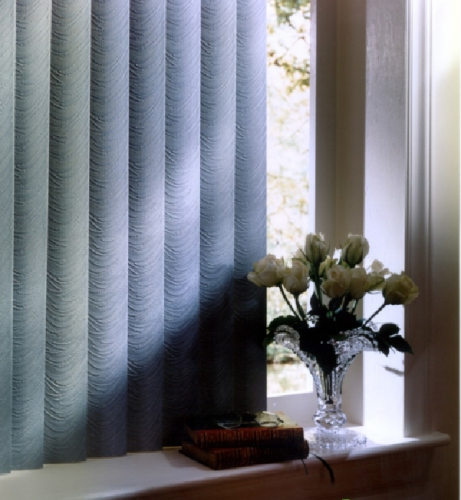
- Horizontal blinds on plastic windows are blinds whose lamellas are located, as it is not difficult to guess, horizontally. Lamedlies in such blinds are fastened between themselves with cords and a special Kapron Forest, which goes beyond the border of the cornice. Horizontal blinds are fixed directly on the window frame or separately on each window sash, that is, on the profile, on two brackets.
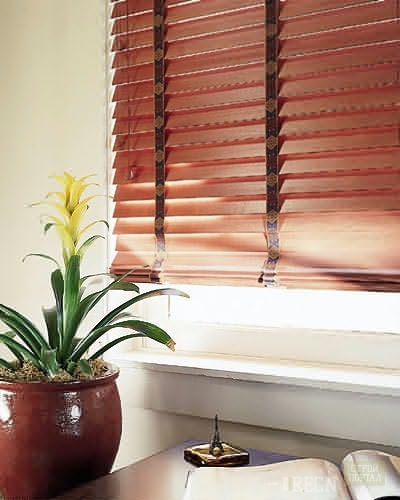
- Fabric blinds on plastic windows - this kind of blinds, which is also called rolled curtains and made from dense tissue with a monophonic or multi-colored pattern. They turn into a roll using a cylinder roller and a special lifting mechanism with a retainer. Fastening this type of blinds is similar to horizontal blinds, there are often rolled curtains of a cassette type, when the roll itself hides in a special box-cassette.

Consider in more detail the fastening process of the blinds on the window, which does not require the appropriate skills, but only the maximum accuracy. The service life and the functionality of this design depends on the correctness and high-quality installation.
Installation of horizontal blinds on plastic windows
To do this, we need such healthy tools such as a screwdriver, perforator, self-tapping screws, screws, hammer, cross and slit screwdrivers and a pencil in order to mark. The process itself is quite simple and does not require any special skills. For marking, we dress the brackets on the cornice and apply the entire design to the window, then we mark the place where the screws will be screwed. So that fewer holes can be done in the window profile, we use one screw to each bracket.
After marking, we remove the brackets and apply them one by one to the marked area and screw the screws. We do it carefully and not too deep enough to damage the glass. Similarly, screw in the other self-tapping screw. When the brackets are already fastened, we wear blinds in them and lower the level we need and only then we attach the lower locks that will keep the entire design with the side. We stretch the maximum cord blinds so that they do not lag behind when opening the window sash. Then check the performance of this design and go to the installation of blinds to other parts of the plastic window.
Fastening fabric shutters on plastic windows
If we talk about fabric blinds, they are fixed a little differently. Usually, this type of blinds has an adhesive base, which is securely fixed on the window profile. If the tissue blinds have to hide in the box, their installation lies in the fastening of the box itself.
In more detail and clearly, you can view the fastening of fabric blinds on the video.
Mounting vertical blinds on plastic windows
Vertical blinds can be mounted in two ways:
1. To the ceiling or upper slope. This method involves the attachment of the cornice of screws, which are screwed through the mounting holes that are in the middle of the eaves. So, we apply the eaves itself to the ceiling or the top slope and we plan a place with a pencil where screws for fixing will be screwed. After that, I make holes in which insert a dowel. When working with slopes, it is necessary to respect special caution to not damage the wall completely. When the dowels are already drunk into the holes, we apply the cornice blinds and screw it with screws.
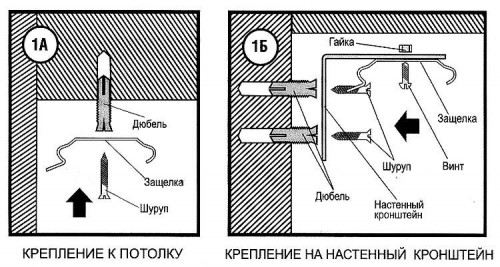
2. On the brackets to the wall. With this method, we fix the brackets to the wall in advance and only then insert the cornice into them. To do this, place the area where the brackets will be screwed, attaching the cornice to the wall and marking their pencil. Then strictly on the markup we make a hole in the hole in which you drive a dowel. After that, fix the brackets with screws and install the eaves to the place. All is ready!
Having finished the fastening process of the plastic windows, check their performance and enjoy comfort and comfort in your home or office that they can give.




